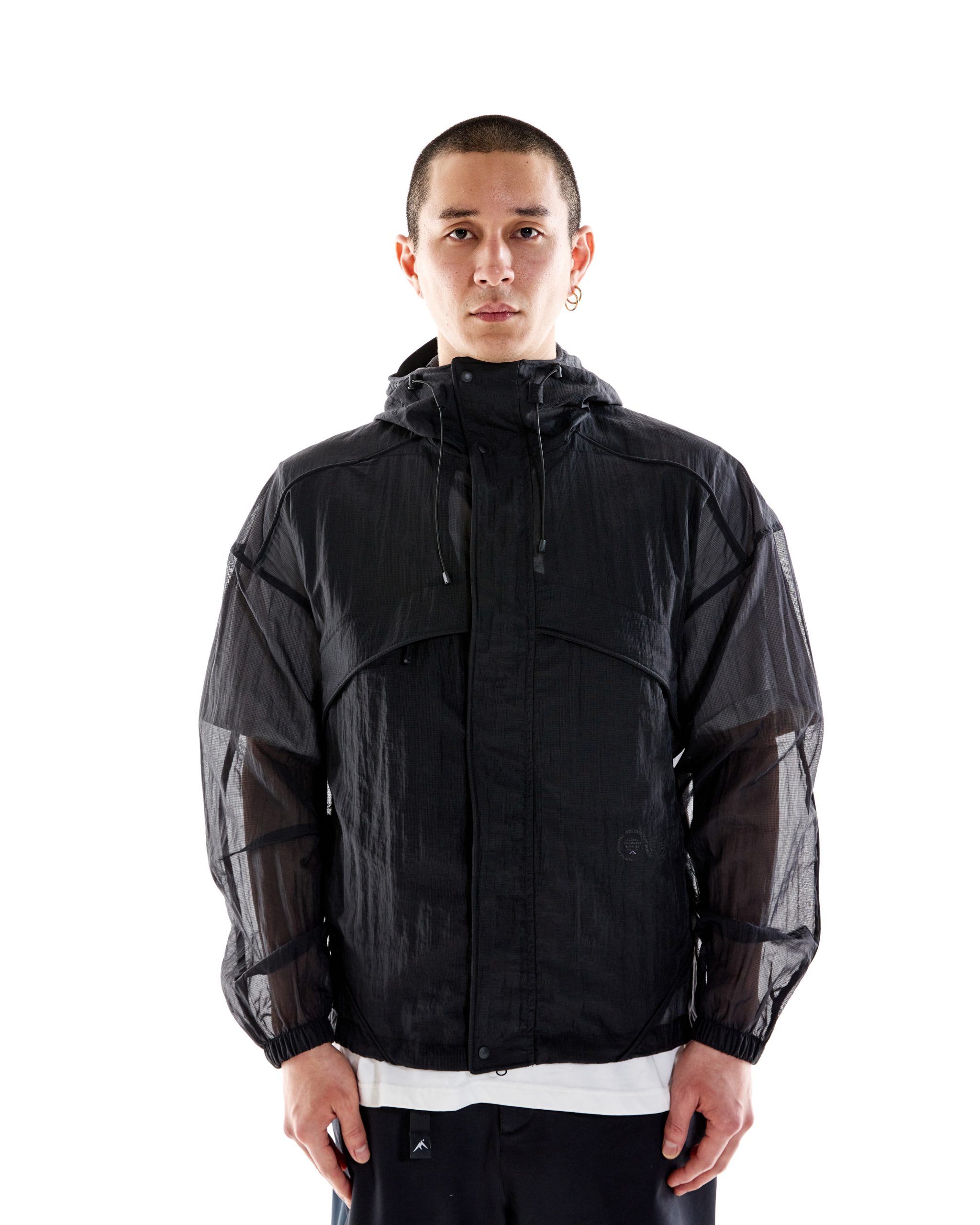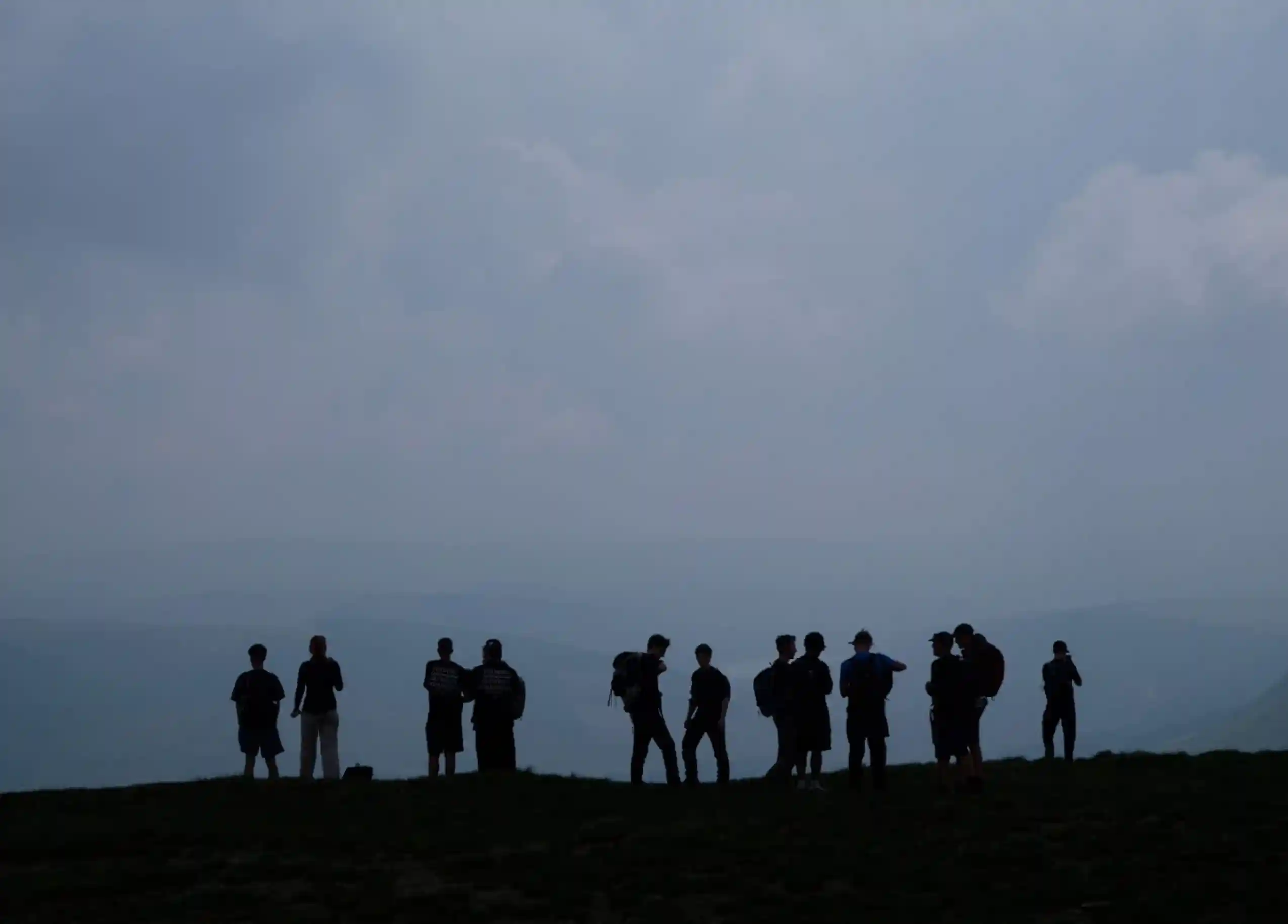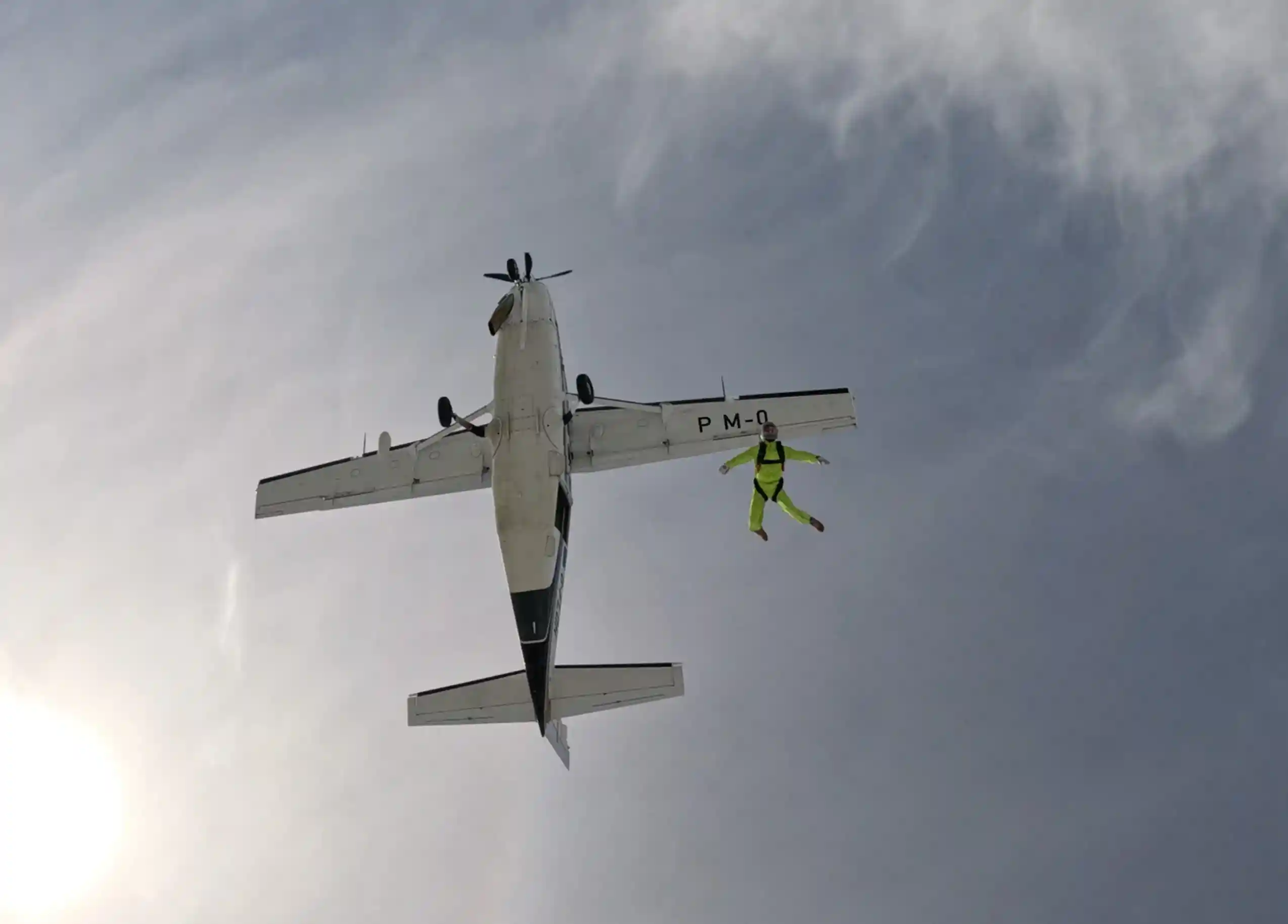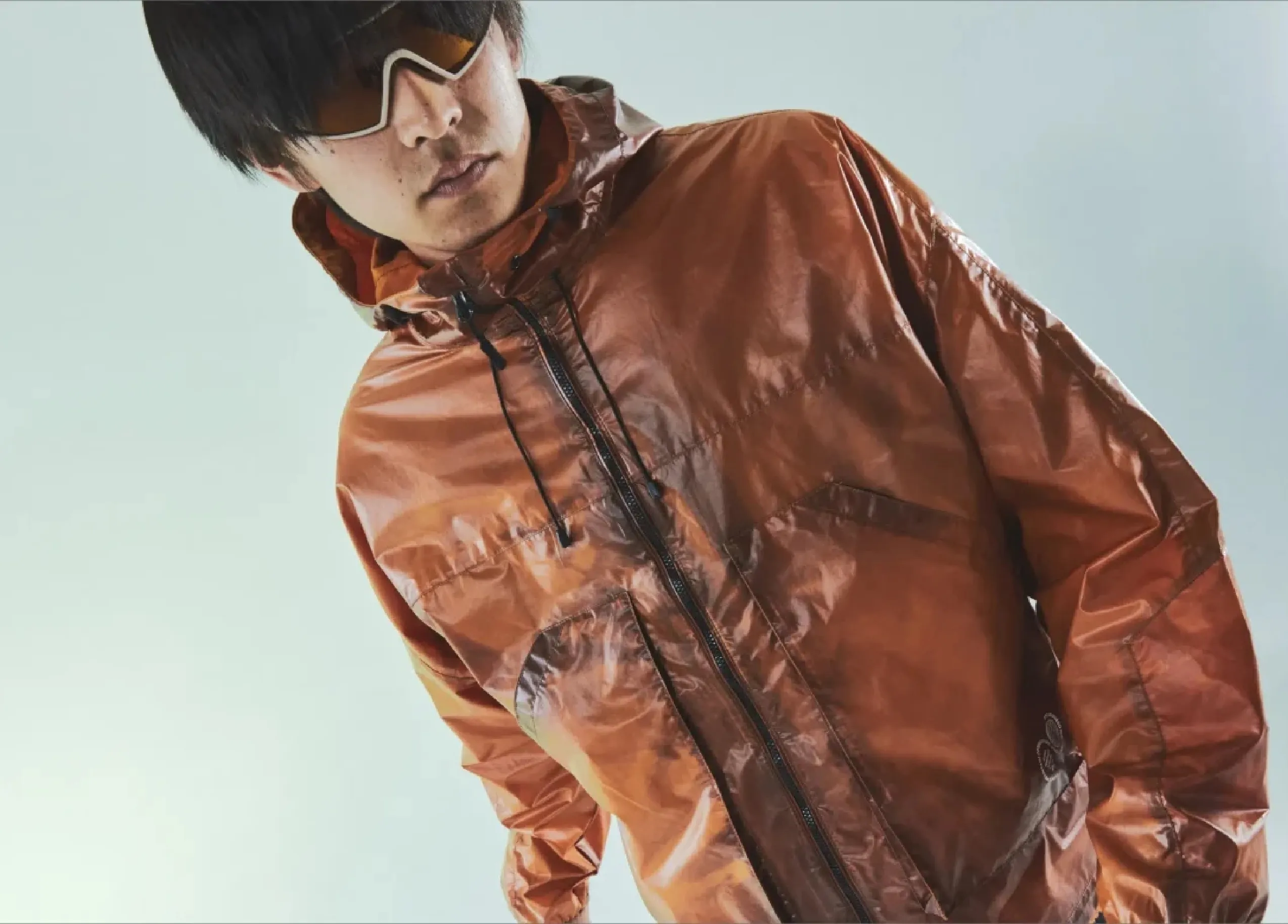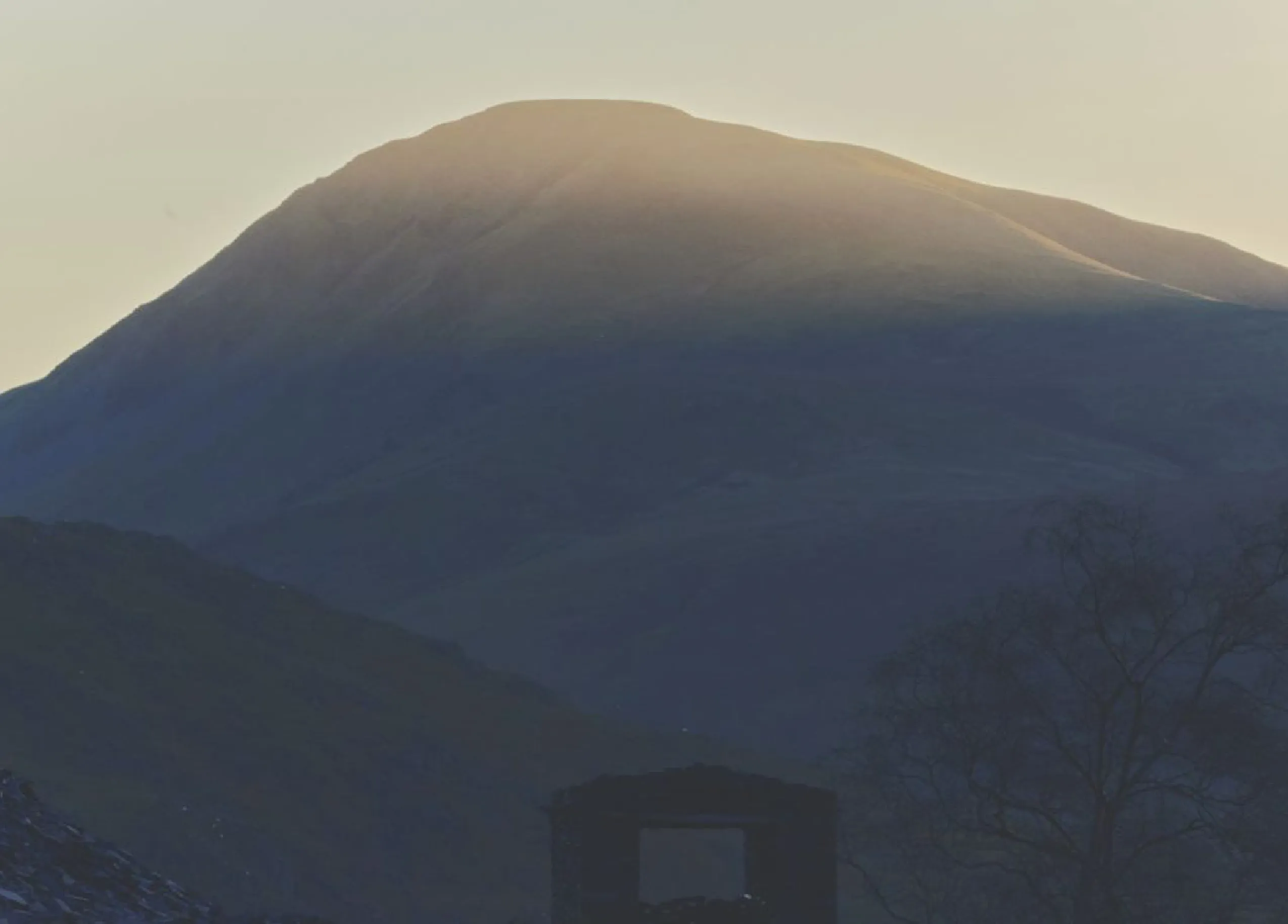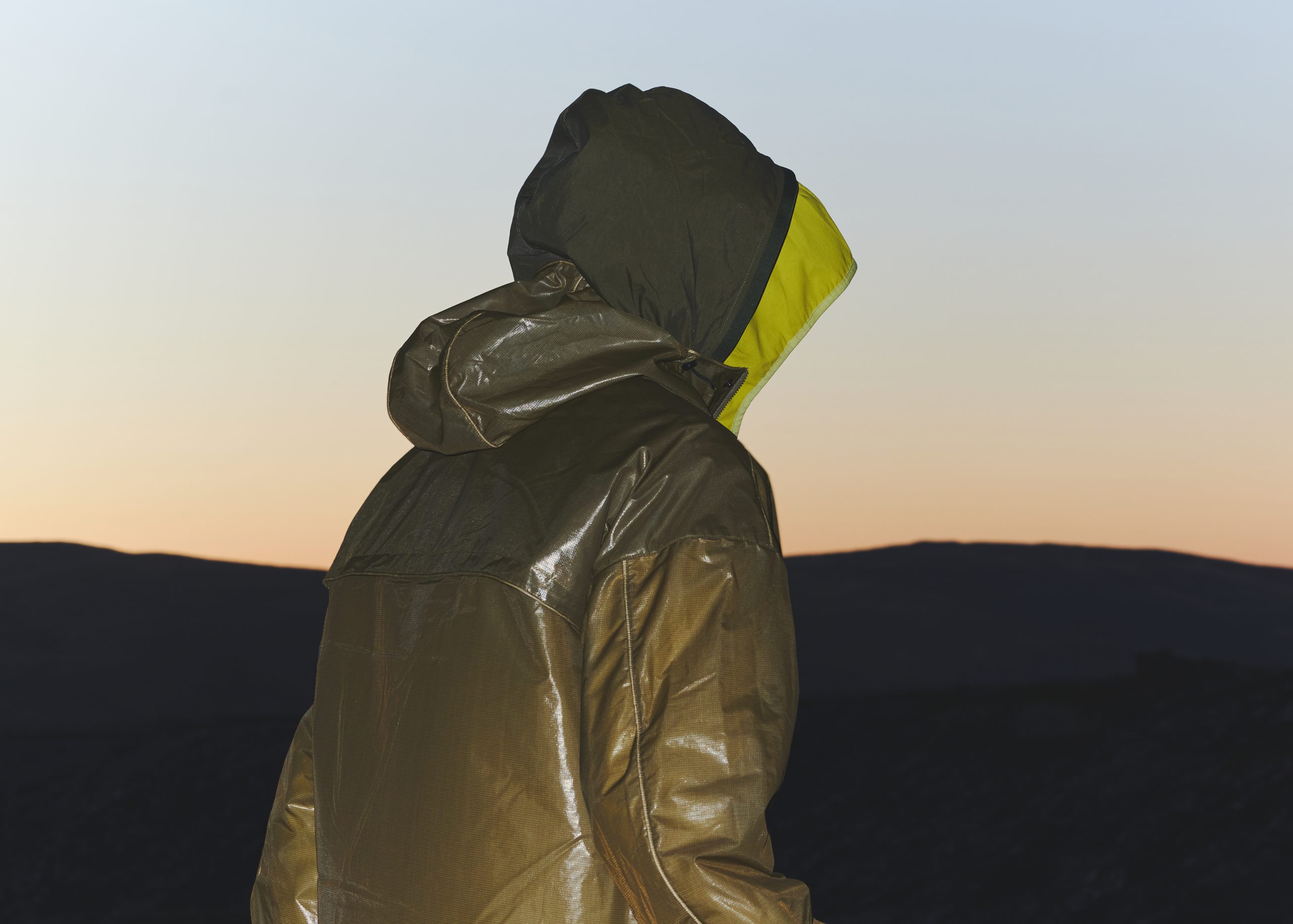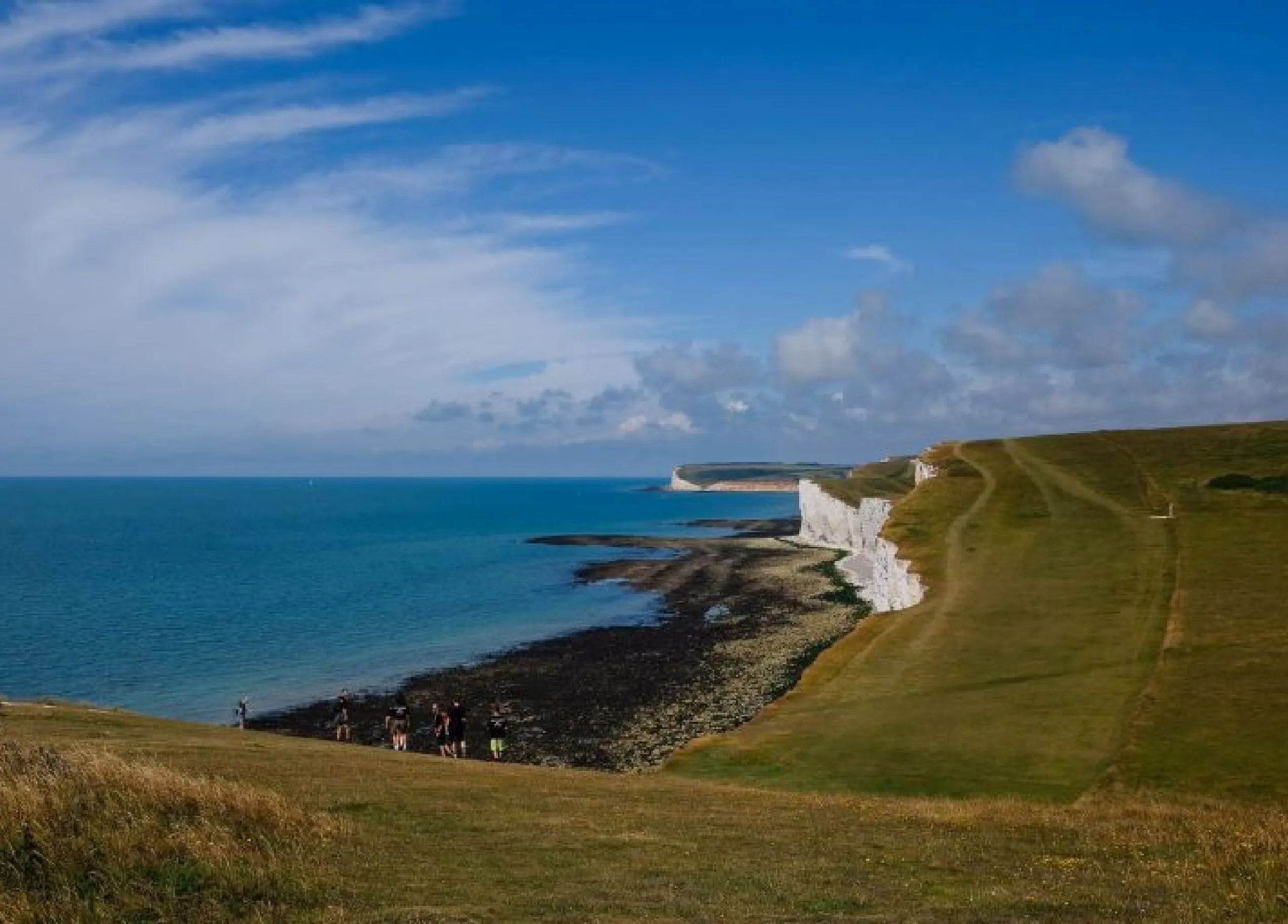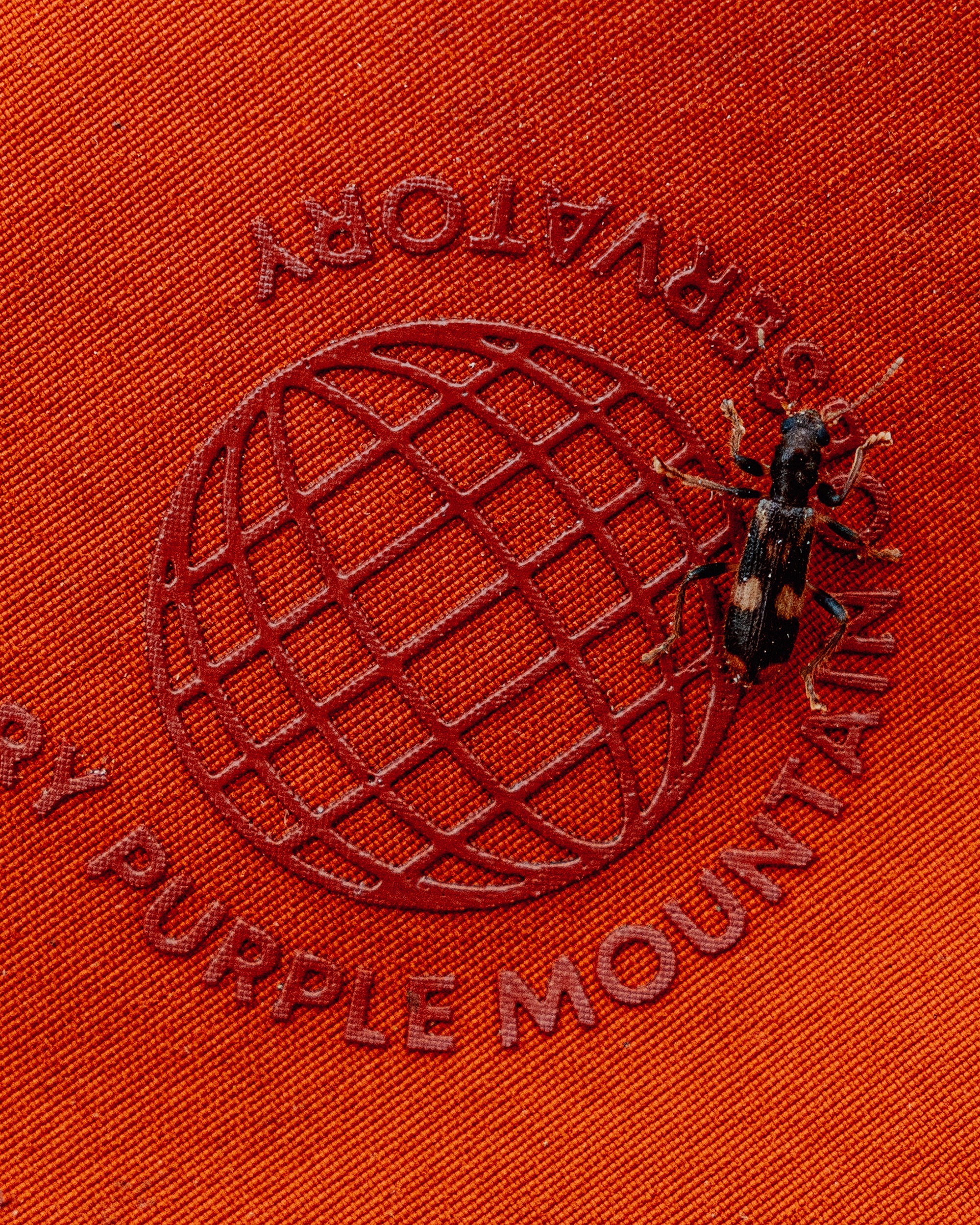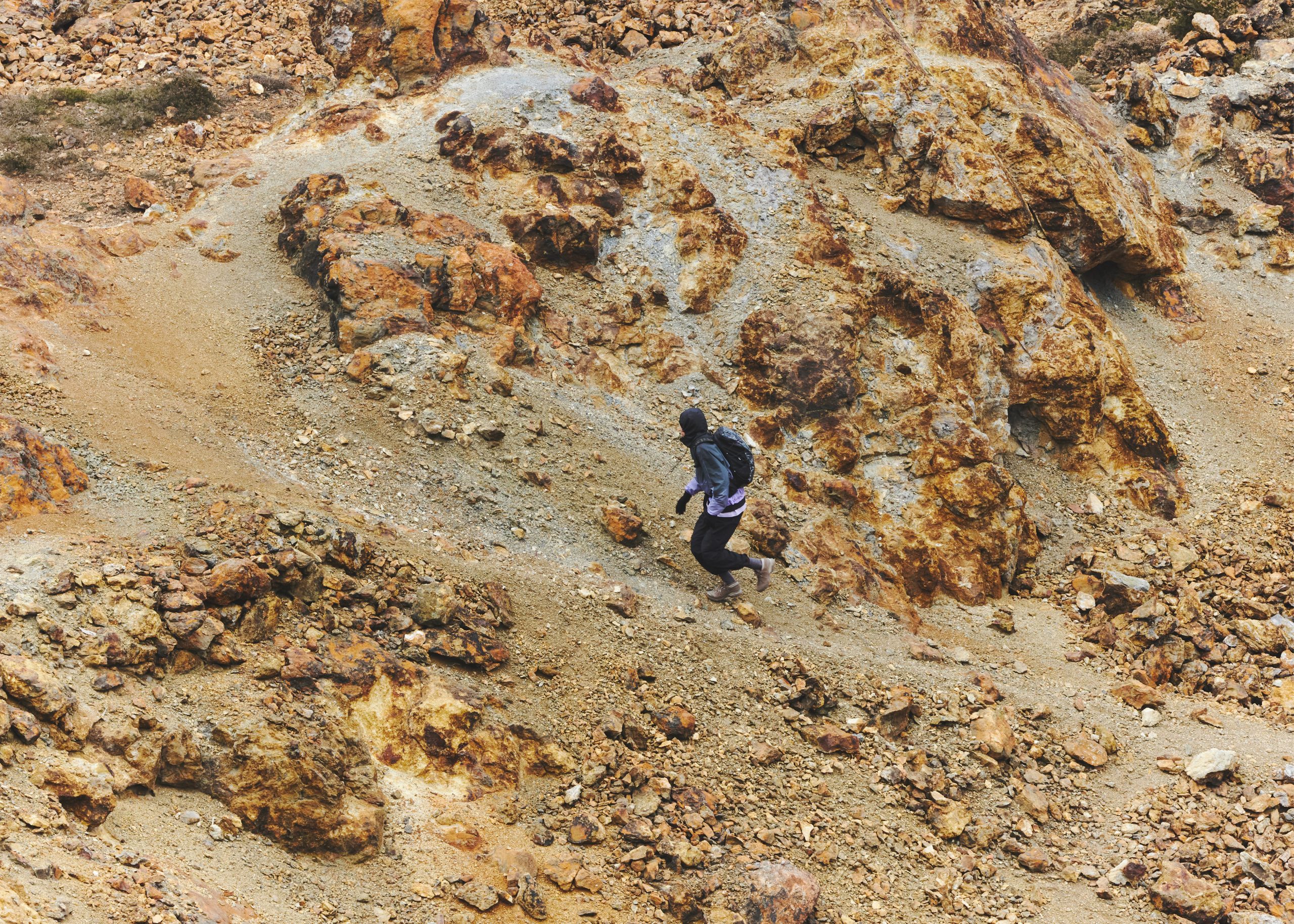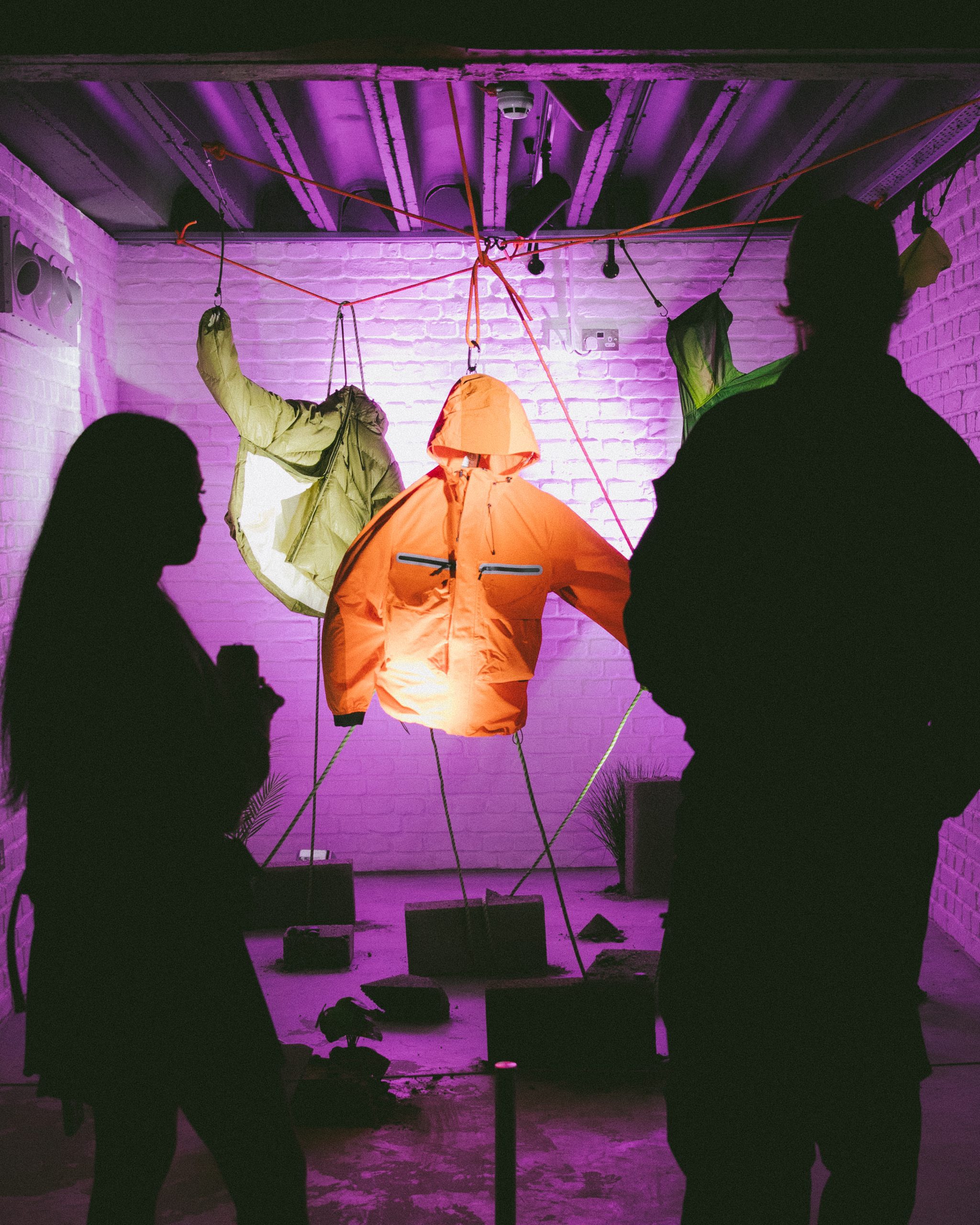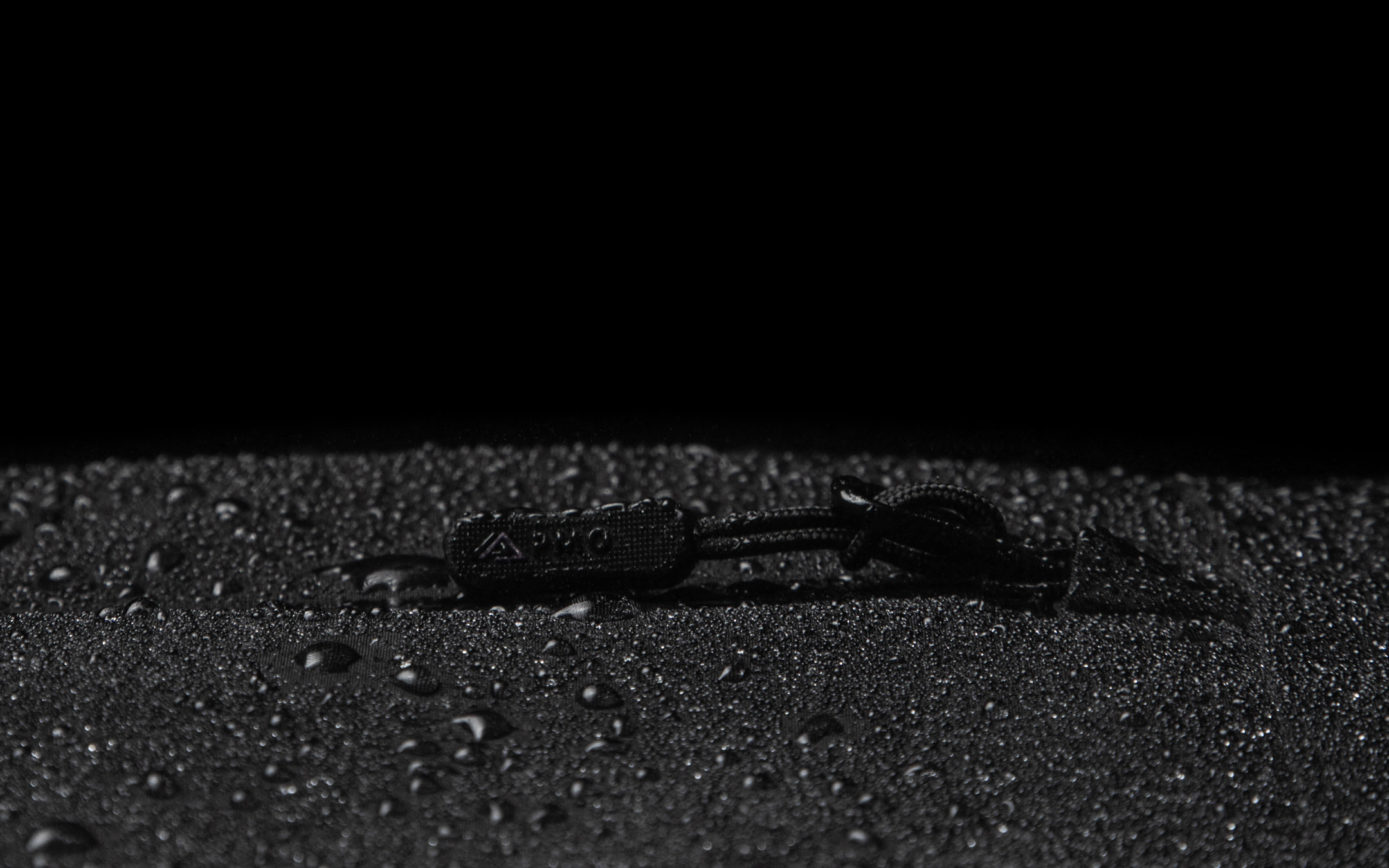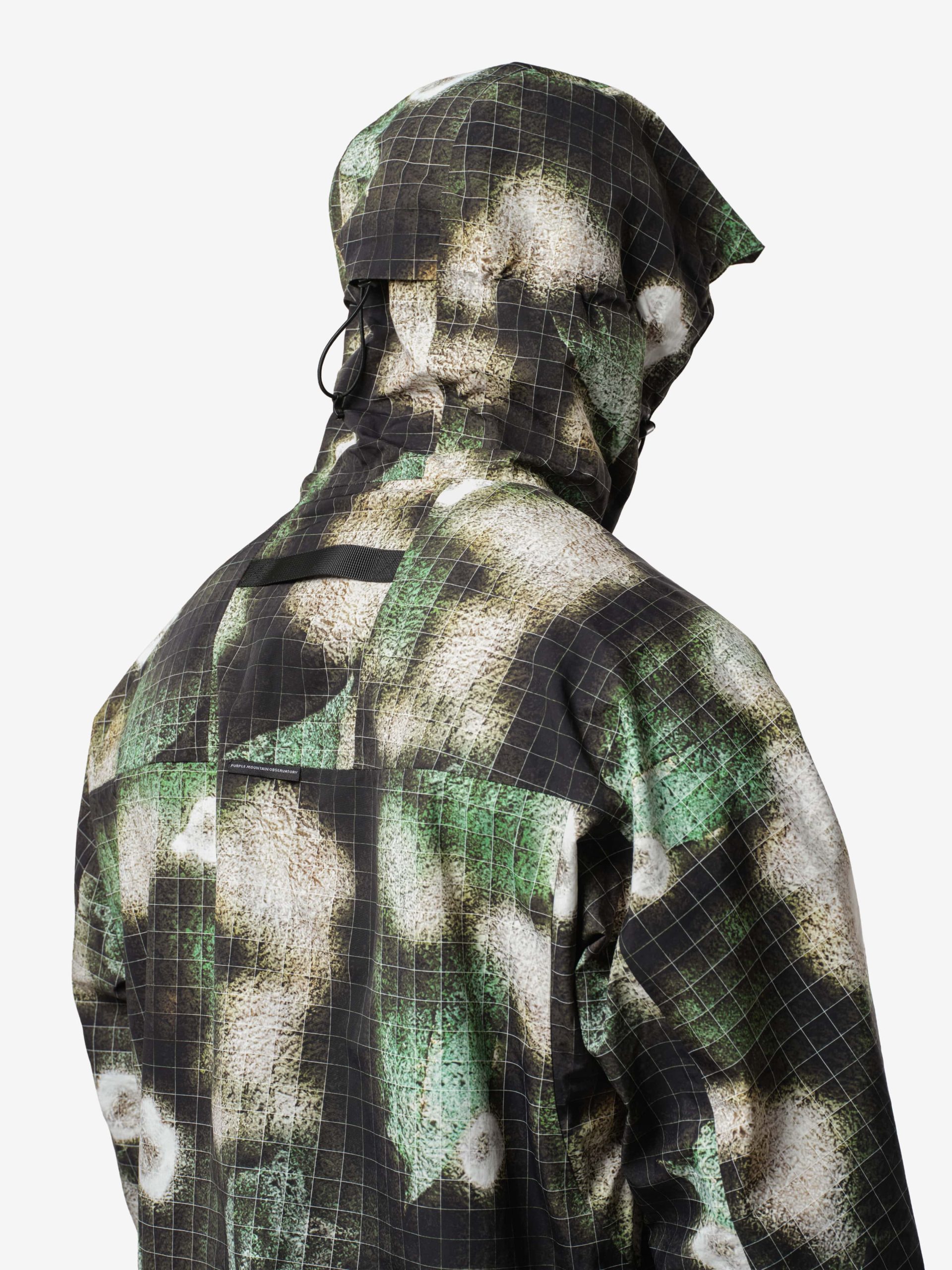COMMUNITY INSIGHTS : ARBORICULTURE
This series seeks to connect with our community, both near and far, by shedding light on the work happening in the outdoor world. Our focus is on redefining how people engage with nature, emphasizing the need for education and exploration of the outdoors in our lives. Our first insight brings us to Arboriculture, to help understand more, we caught up with Joshua Plumridge, a friend of PMO as well as an enthusiastic and experienced tree arborist. He put our new AW24 collection to the test the only way he knew how, captured through the lens of Aintfussed.
Caring for plants, trees, and shrubs is a crucial aspect that warrants attention. Arboriculture, fundamentally, aims to safeguard these natural elements by nurturing and overseeing their growth.
Through Josh’s eyes, we learn about the complexities of caring for trees, the importance of thoughtful environmental practices, and the role that arborists play in shaping healthier communities.
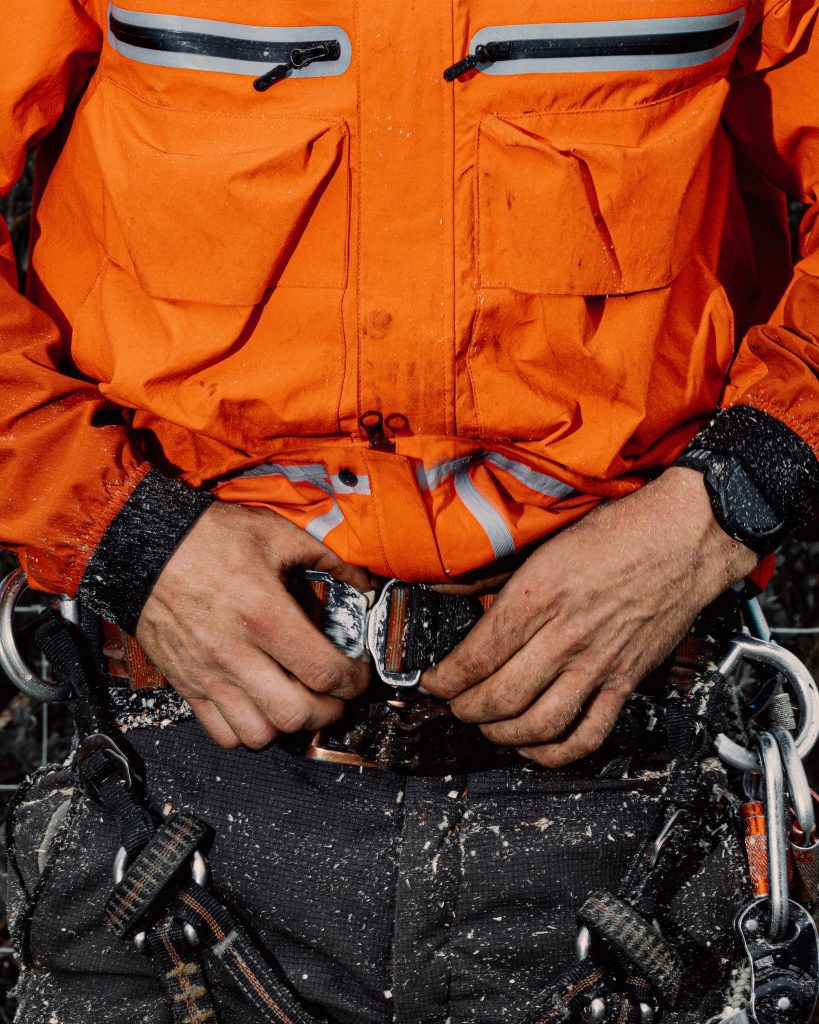
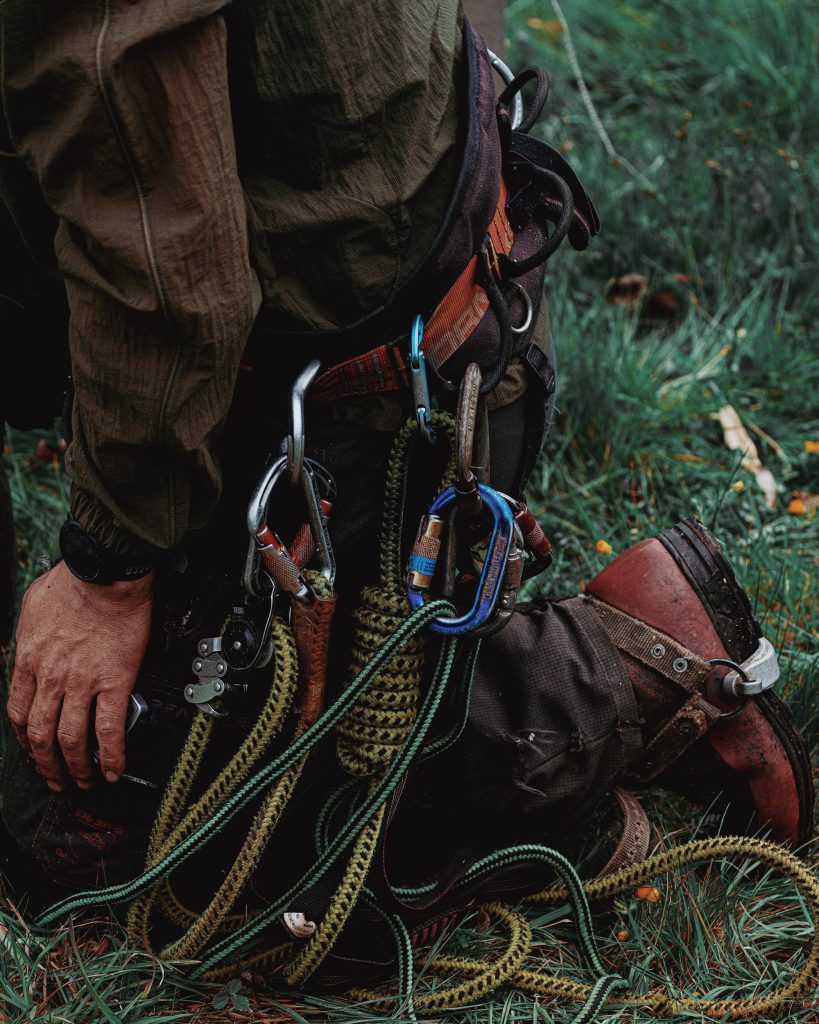
PMO: This isn’t the average job, how did you realise that this was your passion and that there would be a job for it on the other side?
P: I think from an early age we’d always be climbing tree’s or anything we could find that was tall enough. Near where we live, out in the sticks, there’s a big oak tree and at all ages myself and friends would climb it to play up there, make treehouses and do whatever kids did. It really became a sort of destination for us. Our whole childhood was outside.
A large group of us would play a game of tag, and the majority of hiding spots would be up in the trees, if you could climb up them then you could get away from those who couldn’t. Obviously the amount of broken bones were pretty endless, I was no stranger to coming home a bit broken.
It got to a point in my life where I’d left school, and I was searching for a job, it just so happened my neighbour ran a tree surgery firm and after working on a job with him and watching a guy swing around a tree all day, I was inspired. It turned out there was a massive demand for climbers out in Australia, so I took that as my calling.
Over the course of the next 5 years working as a climber I’ve put myself through a plethora of courses to further qualify myself within the industry, the sum of all of these including the initial base level courses amount to around 15k.
PMO: It’s important to note the distinction between an arborist and a tree surgeon, as their roles serve distinct purposes, how did you then choose?
P: So whilst tree surgeons specialise in urgent tree care tasks such as stump grinding and tree removal, an arborist will focus on the health of trees, providing treatments for damaged specimens, and performing assessments through tree surveys and inspections.
For me, I felt like I wanted to know more about the tree’s and understand the direct results of my actions towards them. It’s almost rewarding in a way to understand what it is that I am accomplishing. At the same time, it can be frustrating with customers not understanding the difference, we often find people just wanting the tree chopped as small as possible but more often than not this would effect far too much within the local environment. There’s a lot of knowledge that is needed to supplement the work.
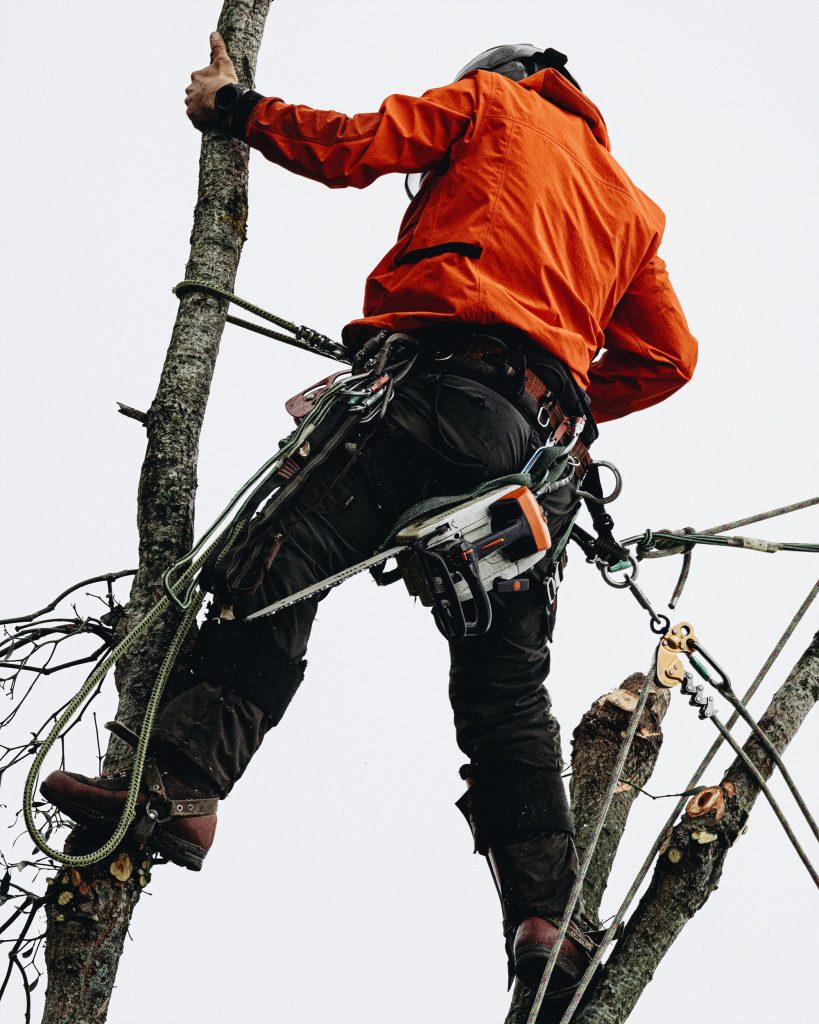
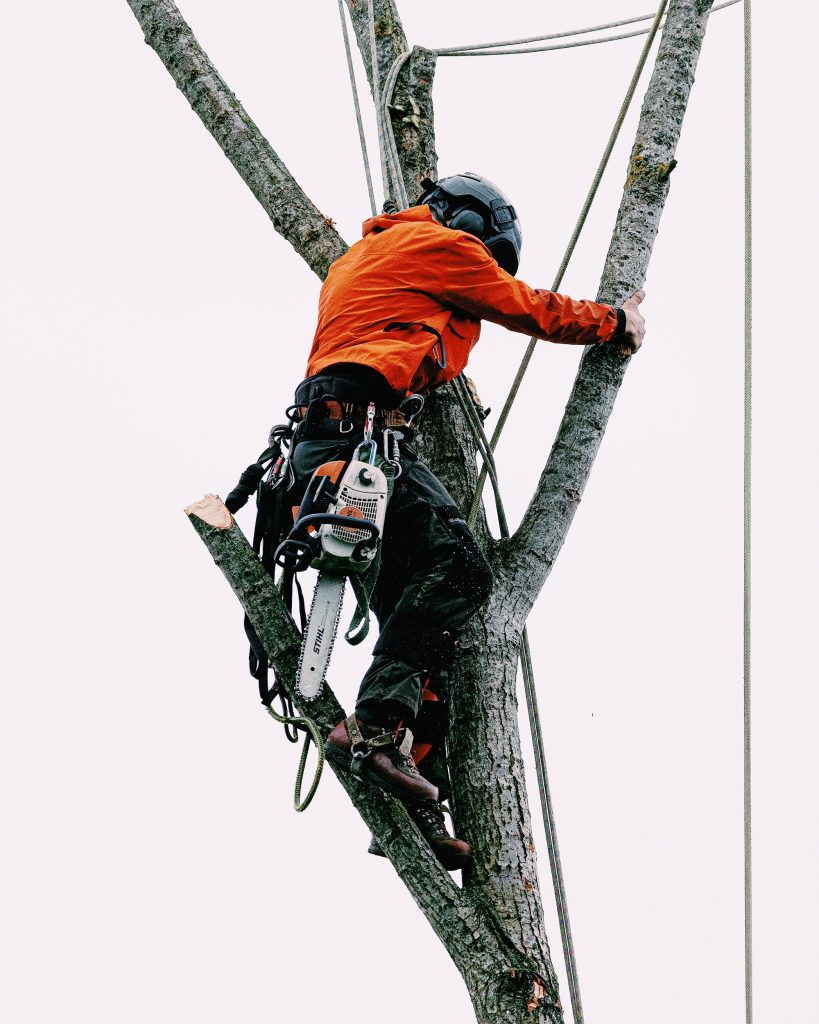
PMO: When you’re not at work, do you still find yourself searching for adventure?
P: Yes. Always have done, always will do. It’s hard to find that balance these days when you’re working, and life can just get in the way. I try my hardest to find some escape.
I’ve always been an all or nothing type of guy. I’ve hitch-hiked in some crazy places with virtually no money. Got into some extreme situations when I’ve been travelling, so I guess you could say we never really did the usual tourist route, and I think I’m starting to see that same ethos carry onto the hobbies I’m starting to get into.
This year I got into extreme trail running, completing a 70km run on the Jurassic Coast, and then after that doing a 50km for charity. Then we have the Three Peaks challenge, which I’m guessing by the time this is out we’ll have completed it. (they smashed it) It’s more fun as well, working with people like yourself (Purple Mountain Observatory) it encourages me to take on new adventures.
I think I could go on and on with what I’ve got planned, and what I’d like to do. But yeah, I think what I’m trying to say is I’m most definitely always searching for adventure.
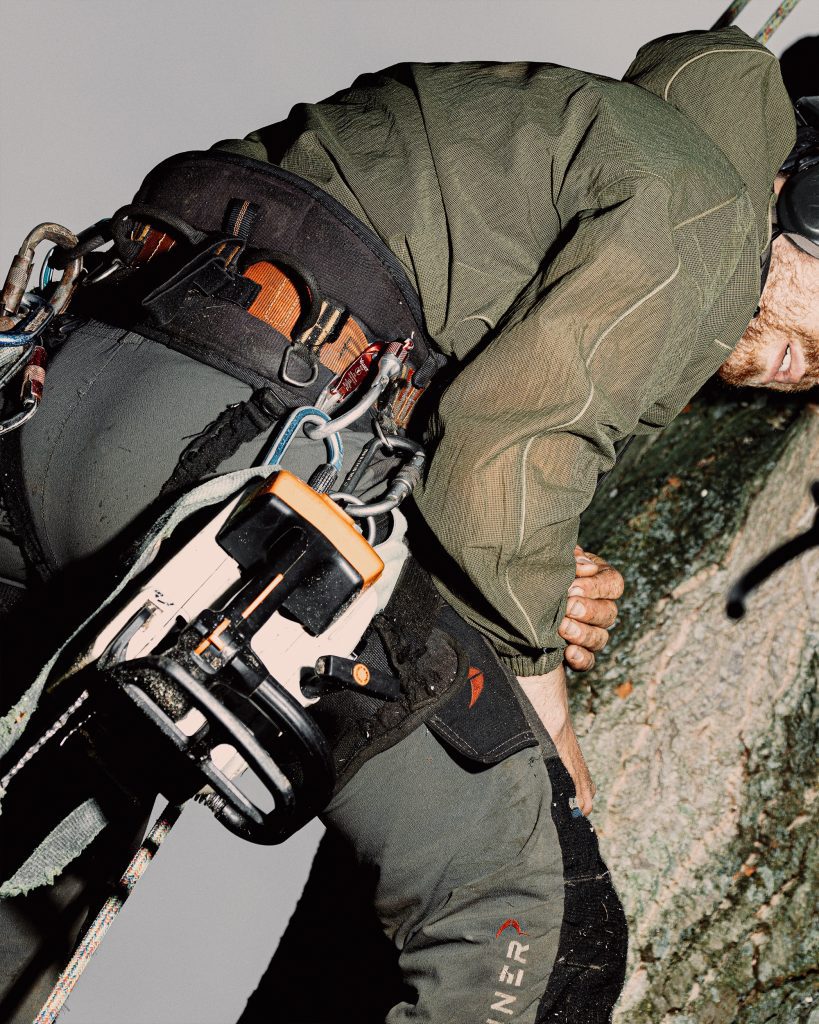
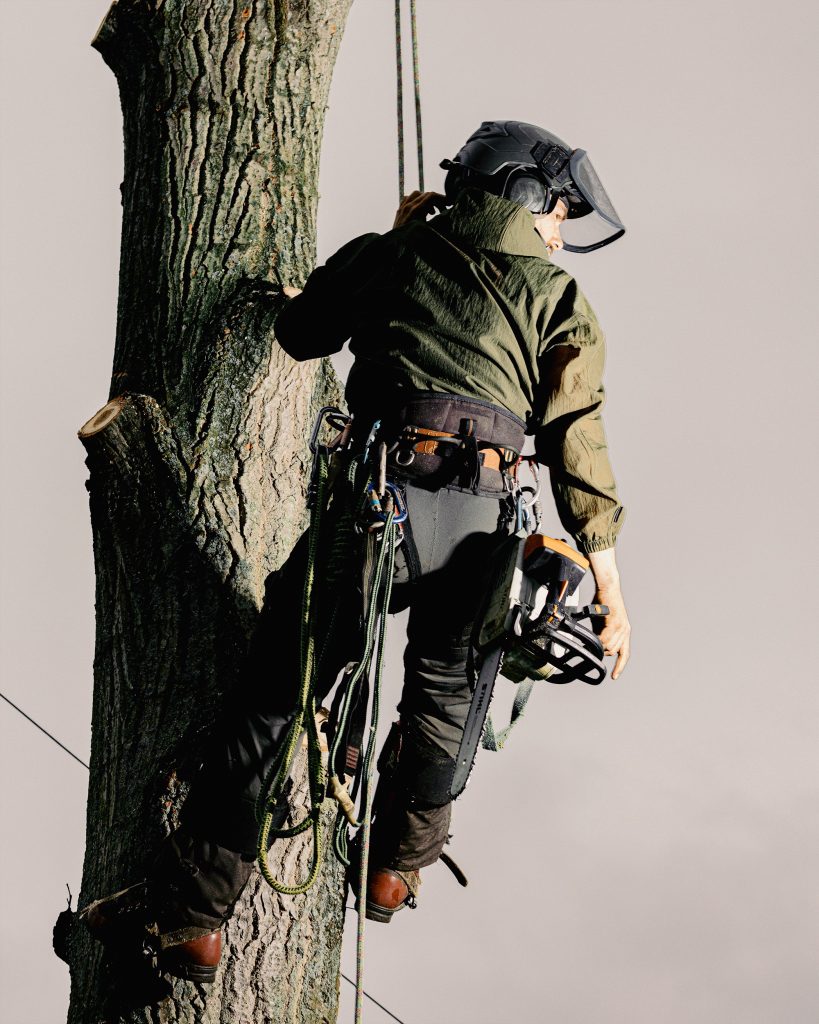
PMO: How do you consider the environmental impact of your work?
P: With my work, I am always trying to keep the tree looking as natural as possible. It’s important to me. There have been times when companies have wanted me to remove tree’s or navigate them in a way which would be unnatural, very big trees, and I’ve had to refuse.
A lot of these trees hold diverse bio cultures and act as nests for many creatures. If it’s not necessary, It shouldn’t be done. In a world where we’re destroying so much, we have to try being as conscientious as we can about the decisions we make.
I love looking into history, and if you look back at how England once was. It’s a shame to think of how much we’ve lost from an environmental point of view. There are trees that are hundreds of years old, they’ve been here longer than us and seen us through multiple lifetimes, and yet it’s so easy for us to disregard and get rid, purely for aesthetic purposes. It also happens on a commercial level for new infrastructure. However, you look at other countries, like in Scandinavia for example, they plan new developments around nature instead of removing it all just for ease and lack of care for the environment.
So yeah, I try to be as thoughtful as I can, and advise people where possible. Trees are important to us to live and survive, so let’s treat them with care!
PMO: That brings me onto my next question, can you talk a bit about the importance of trees within urban environments, and how arborists contribute to that?
P: It’s simple, without them, we won’t live.
There are examples in real life, we see higher rates of respiratory disease/ illnesses in places with less green spaces. We’re pretty clued on in terms of urban planning, we tend to plant certain types of trees that are good at digesting pollutants. London plane trees are a good example, used throughout big cities to weather the poor air pollution.
I guess the arborists contribution is their vast knowledge, this is our field, and we’ve done this most of our lives. Whilst we can’t always be correct, we’ll have a pretty good idea of what is.
It’s good to work in conjunction synonymous with nature, rather than against it.
PMO: Thanks for your time, we appreciate the insight. Any final words from you?
P: Life is what you make of it, don’t spend too much time worrying, or breaking your back for somebody else to live their life well.
Thank you PMO! Peace

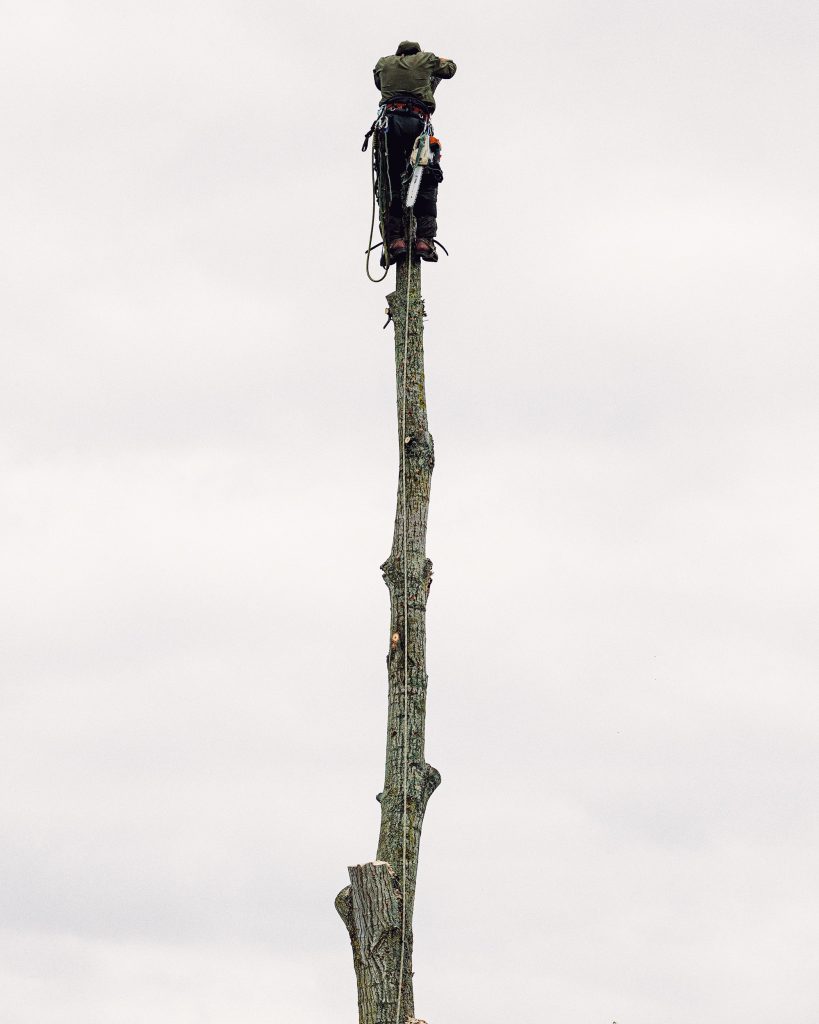
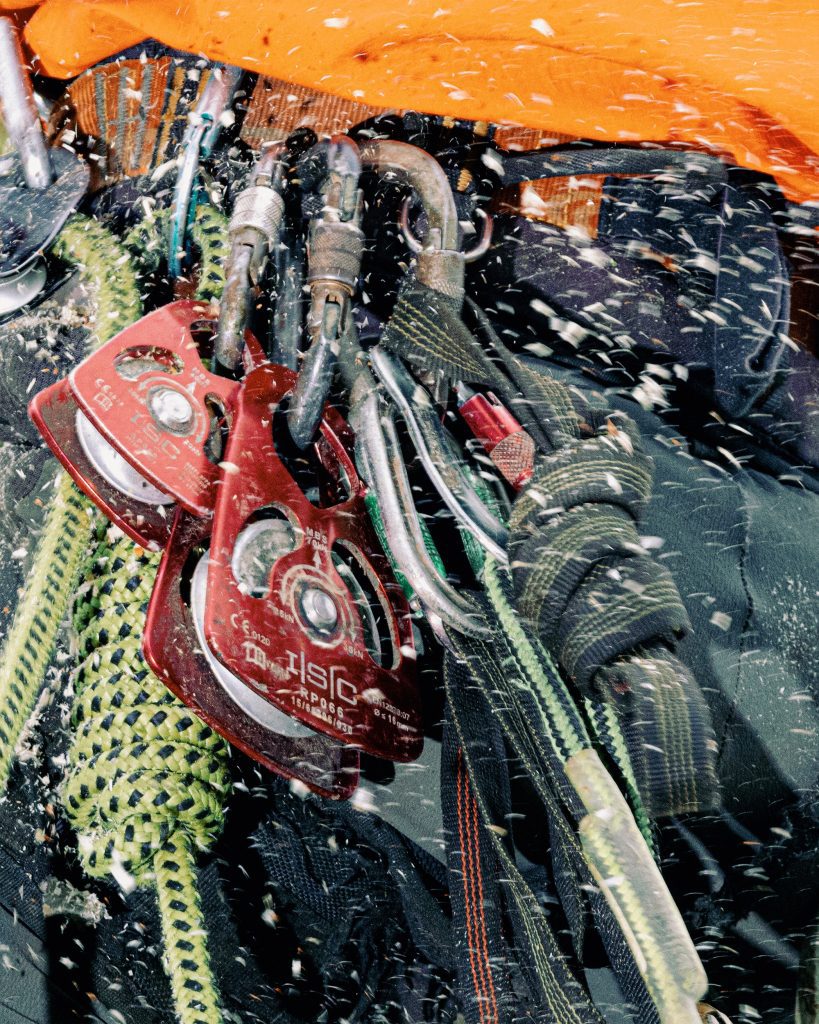
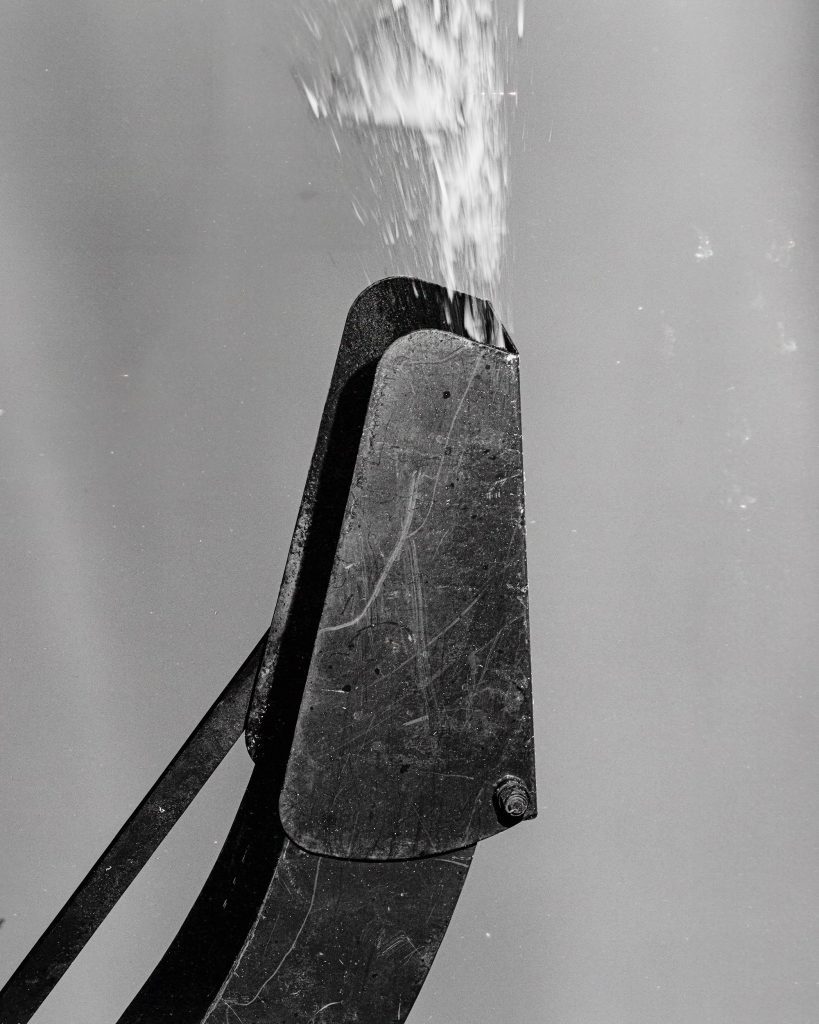
Josh is wearing our Climate Jacket and Field Mesh Jacket.
Photography : Tom Silvester
Assistant : Sam Hodgkinson
